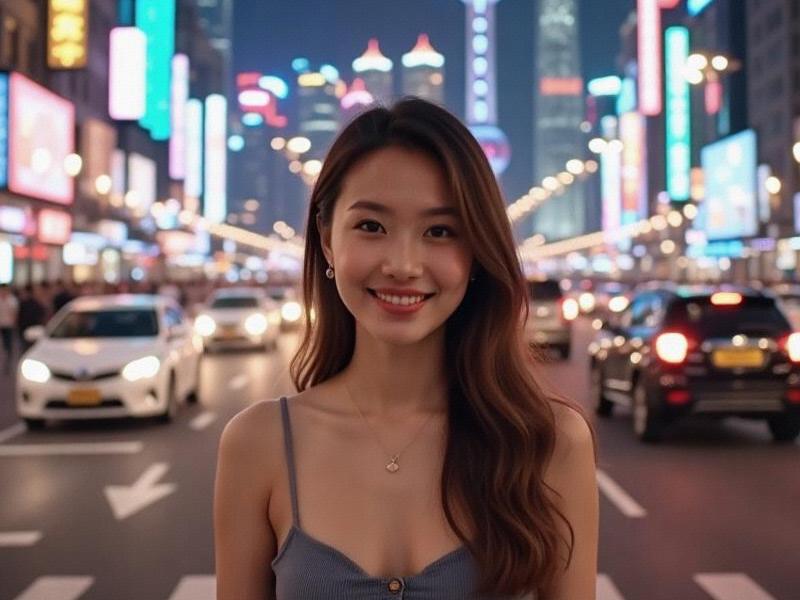This in-depth feature examines how Shanghai women are redefining Chinese beauty standards while navigating between tradition and modernity in China's most international city.

Section 1: Historical Foundations
The evolution of Shanghai beauty:
- 1920s: Qipaos and permed hairstyles of the "Modern Girls"
- 1950s-70s: Austere Mao suits and braided hairstyles
- Reform era: Reemergence of feminine aesthetics
- 21st century: Globalized hybrid styles
Section 2: The Contemporary Shanghai Look
Key elements of the signature style:
- Fashion: Mix of international luxury and local designers
- Beauty: "Natural glam" makeup trends
- Hair: Creative coloring with subtle Asian influences
新上海龙凤419会所 - Posture: Confident yet graceful body language
Industry insights:
- 38% of China's beauty bloggers based in Shanghai
- Local cosmetics startups growing 200% annually
- 62% of luxury purchases made by women 25-40
Section 3: Neighborhood Style Profiles
District-by-district breakdown:
- Xintiandi: Chic minimalism
- Tianzifang: Bohemian creativity
- Lujiazui: Power dressing
上海龙凤论坛爱宝贝419 - Former French Concession: Vintage romance
- Jing'an: Avant-garde experimentation
Section 4: Cultural Contradictions
Navigating competing expectations:
- Professional success vs. traditional femininity
- Global trends vs. Chinese identity
- Individual expression vs. social approval
Notable figures:
- Fashion designer Ms. Wang's "New Shanghai Woman" collection
- Blogger Li Xia's viral "No Makeup Monday" movement
上海品茶工作室 - Entrepreneur Zhao Min's beauty tech startup
Section 5: Economic Dimensions
The business of beauty:
- $3.2 billion annual beauty industry
- 280+ international beauty brands with China HQs in Shanghai
- 18 local cosmetics brands valued over $100 million
- 42% premium for "Shanghai-style" salon services
As Shanghai continues evolving as a global city, its distinctive beauty culture represents both a celebration of Chinese femininity and a bold statement of cosmopolitan identity - one perfectly contoured face at a time.